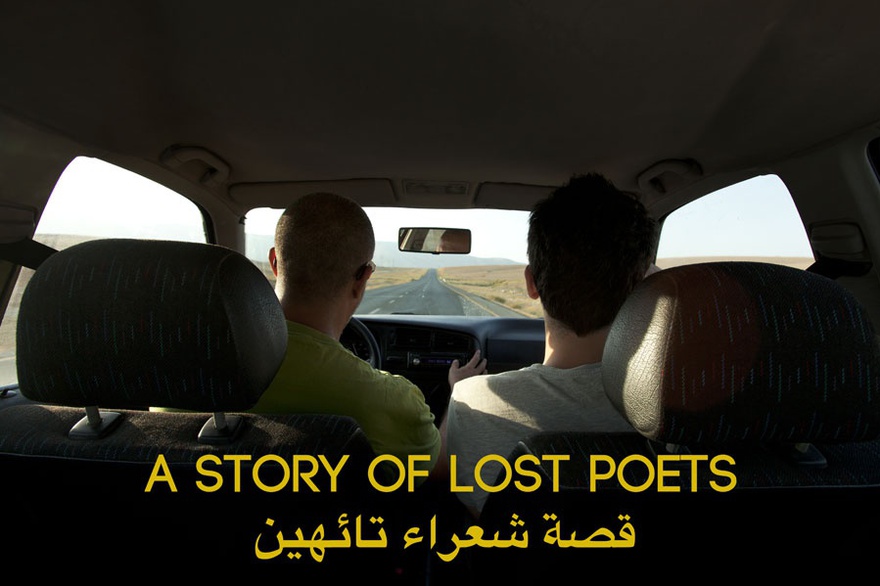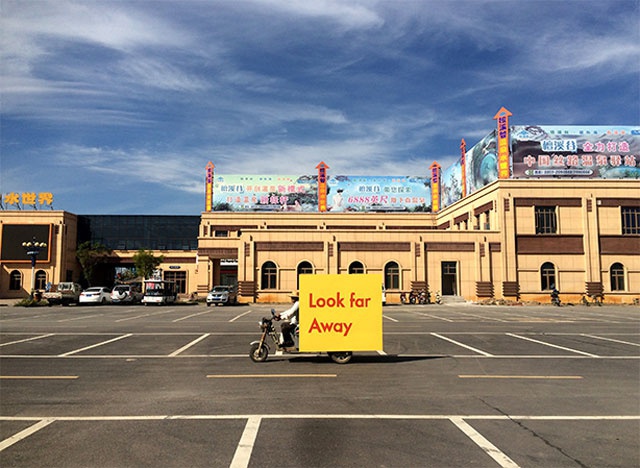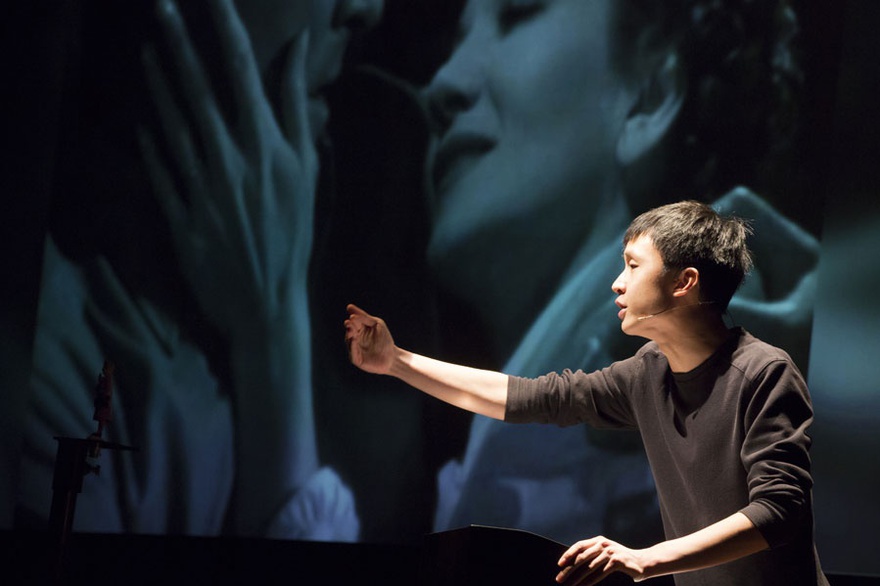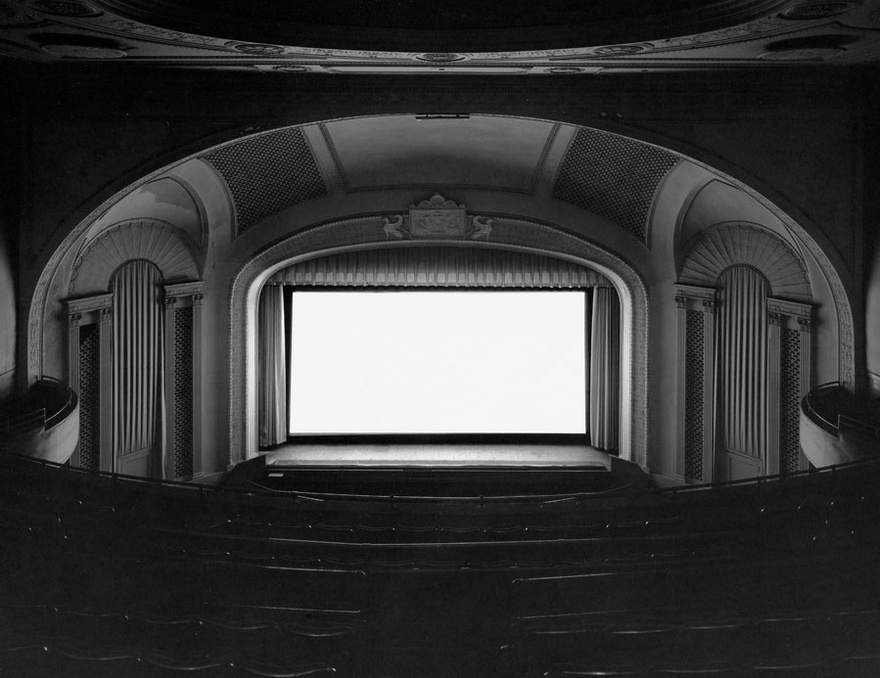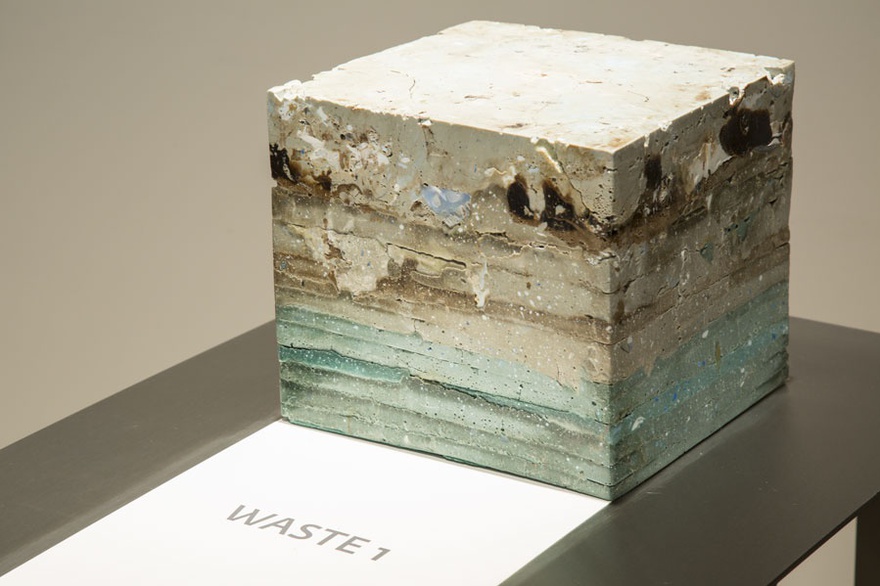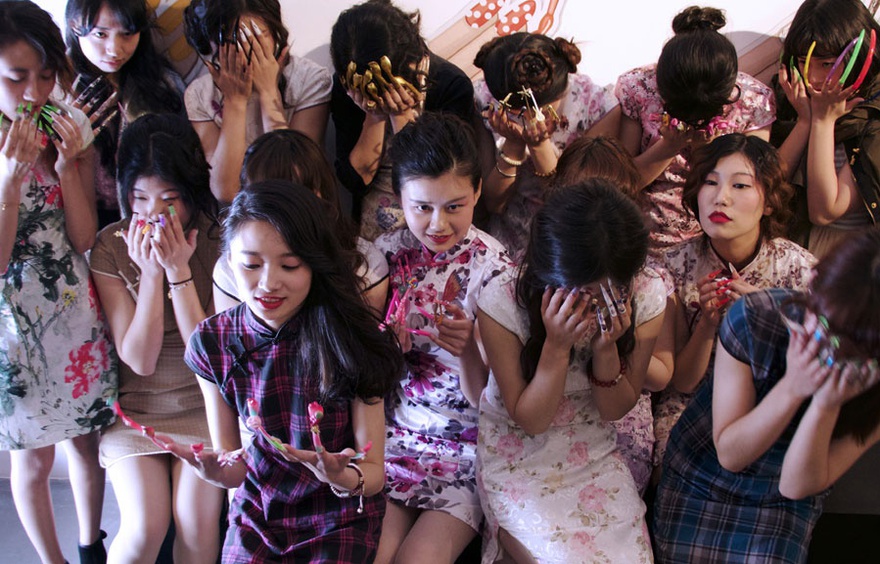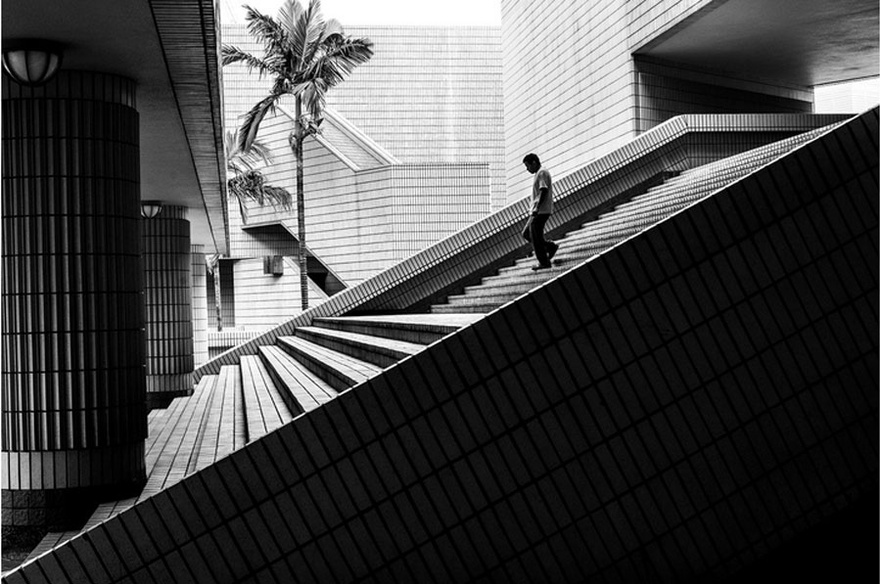Publications
FIELD MEETING Take 4: Thinking Practice
Curatorial Narrative
Curatorial Narrative
by Leeza Ahmady and Ambika Trasi
Introduced in 2014 as a studio visit on a communal scale, FIELD MEETING appropriates the format of an art forum to rethink exhibition making – from an act of displaying objects to one that stages compelling creative minds – in order to showcase the living energy of people: their ideas, research, processes, and significant activities.
With this vision, FIELD MEETING invites over 30 artists, scholars, and curators based in Asia and beyond to embody their work through their own presence by presenting newly conceived performances, lecture-performances, and lively discussions to an equally select audience of New York and US based arts professionals. Now an annual signature event of the curatorial and educational platform, Asia Contemporary Art Week, FIELD MEETING transcends standard educational symposia to yield an experimental and creative realm whereby new materials, concepts, and projects are presented, tested, and reflected upon collectively.In doing so, the programme facilitates meaningful exchanges to spark lasting relationships for future collaborations.
The Journey of an Idea
Inspired by Rasheed Araeen's assertion that making art entails an intentional daily undertaking and commitment to advancing the 'journey of an idea', this year's FIELD MEETING is dedicated to dismantling one of the most commonly used expressions in the art-world today: practice. For this purpose, two exercises are particularly useful: first, disassociating the term practice from the word art, and second, presenting individual approaches, specific localities, particular timelines and conditions with regards to artists, art history, and curatorial work, as opposed to overarching categorical summations.
Considering practice in and of itself, in isolation from art, which has mistakenly become synonymous with 'an end product', opens a set of quintessential questions in the process of comprehending 'artistic practice' in all its nuances and predications. What is practice as an idea? What is practice as action? What does it look like? How does it sound? How does it feel? In what ways does it matter? What is its process? Who does it belong to? What is its timeline? Who supports and sponsors it? Who takes advantage of it? Does it have any ethics? Does practice have identity or nationality? What is its history? How does it fail? How does it succeed? Is it an individual or a collective endeavor? How does it relate to society? And ultimately, what is its purpose?
Camouflage of Support & Sovereignty
While the expansion and interconnectedness of the art world today is a direct result of decades - if not a few centuries - of traversals by creative individuals across multiple localities and disciplines, who have contributed to artistic and cultural evolution worldwide, 'art for art's sake' is not a prominent pursuit by artists in most parts of the world. Not only does this notion collide with much of the world's broader philosophical and cultural genealogy; it is a modern invention brewed by those empowered by the luxury of the bourgeoning private and public institutions in the western world; the same few whose works are spread to dominate the sprouting arts and cultural institutions of all other hemispheres today.
Set on the heels of one of the most discordant, highly manipulative, and alarming United States presidential elections, FIELD MEETING: Thinking Practice must also address the multiple strategies applied by artists to maintain sovereignty over their own voices as world citizens and commentators, amidst the pervasively hostile political climate and stifling forces of conservatism, socio-economic constraints, neoliberalism, immigration crises, nationalism, and border policing. Beyond resisting such socio-political mediations and enclosures, how do artists and arts professionals also contend with art world prescriptions and specificities including institutional representation, established academic trajectories, aesthetic and cultural impositions, and shifting market demands?
The Inquiring Heart
Far beyond clinical approaches to aesthetics, through their ongoing processes and research-based methodologies, often spanning multiple mediums and disciplines, the artists, curators, writers and scholars invited to this year's FIELD MEETING explore individual and collective experience in brave, meaningful, and novel ways. Some excavate absurd policies of a variety of paranoid states as well as carceral and colonial systems to examine current-day control mechanisms in the context of the past. Incorporating data, records, and other 'evidences', many take on an investigative approach, linking sometimes seemingly unrelated occurrences and references to paint more complicated depictions of the often generalized or biased narratives widely circulated and broadcasted by official and unofficial channels of communication.
In The General's Stork, Heba Y. Amin (Cairo & Berlin) tells the true story of a suspected international spy detained in Egypt; along the way, she traces numerous accounts, records, and religious prophecies tied the region that led to this bizarre accusation. In his lecture-performance T for Tiger, Ho Tzu Nyen (Singapore & Berlin) evokes the overlapping accounts of humans, tigers and weretigers in the Malayan world to explore false histories invented by contemporary figures that seek to serve their own interests.
In his talk, Place as Site of Inquiry, Michael Joo (New York) uses scientific language and research to illuminate how we define a place, taking into account expansive and intersecting human histories that transcend oversimplified border-politics. Informed by navigating between the reality of belonging to two zones simultaneously, an adopted country, which happens to be in perpetual conflict with his homeland, Iraqi American artist Wafaa Bilal (Najaf & New York) composes a performance-dialogue entitled Vocalization in -giving form to the physical and psychological dynamics of international politics through the rhythm of Arabic letters.
Several artists in this year's edition build platforms for marginalized people in different localities. In his lecture-performance, Ideology = Form, Jonas Staal's (Amsterdam) discusses his practice as founder of an artistic and political organization New World Summit, operating in between art, democracy, and propaganda to establish alternative parliaments that take the shape of installations in theatres and public spaces in some of the world's most contested territories. Echoing themes in the Guggenheim's exhibition Tales of Our Time, curator Xiaoyu Weng considers two distinct practices that illuminate the often-overshadowed stories of Southeast Asian immigrant workers in a conversation with street photographer Xyza Cruz Bacani (Hong Kong & Bambang), and artist Chia-En Jao (Taipei). Their works bring a nuanced wholeness to these often-unrecognized non-citizens, painting them as more than victims of their circumstances.
Whose Image, What Image, Why Image?
Lecture-performance, due to its capacity for relating information in a highly captivating manner, and its ability to encompass a hybrid of disciplines, informs the format and curatorial objectives of FIELD MEETING. It is a medium that the programme intends to nurture. A relatively new form of expression, which incorporates research, lecture, visual content, and performance, it has become increasingly embraced by artists working across Asia. With limitless potential for form and function, lecture-performance relies on the presence of both artist and audience and the immediacy of their exchange, playing on notions of acceptance, believability and credibility to stretch the formal and conceptual boundaries of making and reading art.
Harnessing the medium in their favour, several artists in Thinking Practice also work in the realm of speculative aesthetics, calling the authority of the image into question. Repudiating visions of homogeneity that stem from theories of globalism, these artists and practitioners seek to dismantle hegemonic theorizing and the historical canon, to acknowledge the existence of a multifaceted reality that leaves room for subjectivity and endless possibilities.
In their piece, The Rumors of the World, Joana Hadjithomas & Khalil Joreige (Beirut) scrutinize the world's increasing reliance on the Internet as a source for truth in spite of ubiquitous fabrication, a consequence of living in a post-digital age. Curator Sarah Rifky (Cairo & Boston) stages a world on the brink of apocalypse in Qalqalah and the Curious Case of the Sphere within a Sphere, in which she imagines the formation of a new language in tune with the voices of individuals as opposed to collective narratives. Exclusively choosing lecture-performance as the medium for his art practice, Ho Rui An (Singapore) uses futurecraft to investigate popularized probability programmes run by states and private entities to predict events ina piece entitled: Horizon Scanners.
Rashid Rana's (Lahore) Present Elsewhere echoesconcepts of the multiverse to reveal that one's understanding of the present may not be informed by the 'actual' events occurring in the moment, but rather by what is 'remote' – diverse fragments activated by personal associations, experiences, learned information, and stories. In doing so, Rana debunks the notion that linear chronology leads to a particular present. Artist Shezad Dawood (London) narrates an espionage thriller in his lecture-performance, A Virtual Tour of Kalimpong: relaying a myriad of stories attached to a small, but significant town located at the foothills of the Himalayas, the piece inspects how physical and intangible information is read and internalized.
Public, Community, Participant
Placing emphasis on the public's essential role in the story of art, FIELD MEETING examines how artists and professionals directly engage with communities, taking their works outside of the white box and into open space to blur the line between passive viewer and active participant. Questioning institutional boundaries and traditional modes of infrastructure, curators and museum professionals must be in continual dialogue with their audiences, recognizing their public as a constantly shifting entity, rapidly diversifying.
In examining a wide variety of curatorial and artistic practices, FIELD MEETING acknowledges the relationship between the institution and its place to identify the specific obstacles and advantages museums and galleries face in their particular cities, be it a cosmopolitan center such as Tokyo, or a more marginalized one, such as Phnom Penh. Beyond dealing with the better-known traumas and triumphs associated with these locations, artists and arts professionals must also deal with contemporary bureaucratic, municipal, cultural and environmental challenges in sensitive manners.
Mary Ellen Carroll's (Houston & New York) Unsuspecting Materials emphasizes engagement with public policy and social justice in her practice, through which she intends to incite open dialogues between people and their cities / states. Ye Funa's (Beijing) project Curated Nails, flips institutional notions of 'high' and 'low' on its head, revealing quotidian forms of self-expression - often deemed as meaningless or frivolous - as ripe ground for curatorial experimentation. In his lecture-performance, Affective Labour, Queer Relations and the Archive, artist / archivist Loo Zihan (Singapore) sifts through filtered and disparate memories around queer art in Southeast Asia, where homosexuality is tabooed. Negotiating with the deeply embedded feelings of loss and shame that have suppressed these accounts, he attempts to connect and build a more comprehensive picture of the region's queer art history. In his talk, The Earcheologist Manmade Cave, Umashankar Mathravadi (Bangalore) narrates his unending mission to prove to the Archeological Survey of India that an ancient carved out cave should be officially recognized as an auditorium – a challenge first brought to him by a theatre arts professor over 20 years ago.
Mori Art Museum curator Mami Kataoka (Tokyo) discusses the institution's MAM Research series, and its mission to comprehensively contextualize art movements and artists from Asia to an international audience in her lecture, How do you talk about Asia? Through a reading entitled Territorial Altars & Time Travel, Curator Erin Gleeson (Phnom Penh & London) describes the counterintuitive methods one must take when curating in marginalized geographies, to responsibly fill the gaps of Cambodia's inaccessible histories. Head of Programs and Exhibitions at the Sursock Museum, Nora Razian (Beirut), addresses the civic duties and ethical practices of curating in Let's Talk About the Weather. Using the museum's latest exhibition as a case study for its use of sustainable materials, she considers how new strategies of exhibition making can conscientiously consider political, economic and environmental realities.
Practice as Wisdom
Thinking Practice is also an opportunity to observe, acknowledge and give credence to the promise artists and art practitioners make to themselves, which is to devote space and time for their work. The daily, conscious decision to enter one's studio to create, sometimes without a clear vision of the end result and often without any promise of a return, entails a discipline motivated by one's internal mission and sense of urgency. Even with this drive, artists and practitioners may face reasonable doubts, stemming from external voices and societal pressures they face everyday.
While dedication to one's personal work may feel strenuous at times, there comes with it an underlying hope for a reward that transcends what is quantifiable or visible. This insight requires tapping into one's own vulnerability and humanity; to understand practice as essential to one's life – as a form of therapy, spiritual nourishment, or contribution to something grander than a mechanical sense of capacity. The creative process is not an arrival, but a gateway to a long journey; the act of manifesting something that began as a concept, invisible to others, requires constant energy and renewal. It is this never-ending process of giving one's energy to something with profound attention and intention, that makes the creative experience so alive and kinetic.
Through a confrontational and abject performance entitled Our Own Private Anthology, Yasmin Jahan Nupur (Dhaka) confesses her limitations as an individual to unearth an authentic self, free from societal expectations. T-Yong Chong's (Tae-Gu, Milan & Venice) performance, Heart of the Matter, speaks to a more quiet form of resistance to external pressures, through a creative process that involves shrinking his world and focusing intently on the core essentials of life. Amina Ahmed's (Tehran, London & New York) talk, Dhikr, relates how 'drawing with measurement and pattern – an exercise in geometry' – is a practical tool for remembrance and prayer. Her artistic practice derives from and is nurtured by a spiritual practice, which is, in turn, indistinguishable from her life.
Following the premiere of their film, Only The Beloved Keeps Our Secrets, Basel Abbas & Ruanne Abou-Rahme's (Ramallah & New York) engage in an interrogation with one another, during which they parse through the fluid and manic parts of their process to express what it means to work with each other on a daily basis. Jennifer Wen Ma's (Beijing & New York) performance entitled: Thinking as Practice is a palpable work, embodying the migration of ideas, cross-cultural references, and disciplines, explored in the making of her recently acclaimed installation-opera, Paradise Interrupted. Incorporating painting, drawing, filmmaking, photography, live-projection and installation in her performance, The Temporal and Experiential Condition of Music, Raha Raissnia (Tehran & New York) creates a harmonious visual experience that feels as moving and dynamic as listening to a song.
Delving further into the ontological philosophies around artistic process are artists who find meaning and creative empowerment in 'nothingness'. For artist Mithu Sen (New Delhi) 'thinking practice' cannot be translated into mere words; in her performance, I am a Poet, she sifts through her subconscious, embracing nonsense to find creative freedom. As a follow-up to his last year's FIELD MEETING lecture-performance debut In Going the Distance: Fiction Writing as Performance, Novelist Anthony Lee (New York) contemplates 'practice' in a new piece entitled Confucius, Kerouac, and my Old Man to recount how he sought to recover his equilibrium after a trying few months by looking solely outside of himself.
In her Final Remarks, Stephanie Bailey (London, Athens & Hong Kong) wraps up the marathon two-days of performances, lecture-performances, talks and discussions. Operating as both active and passive participant through her writing – which is predicated on what she describes as 'experiencing and observing the forces of global (and cultural) politics from within the privileged and contentious spaces of culture' – Bailey will discuss the expansive definition of 'practice' as it was demonstrated over the course of the programme and as it relates to Asia as a complex, continentally interrelated space.
At the Service of the Mind
The revered artist Arakawa, who moved to New York from Japan in the1960's and became an integral part of the New York and international art movements, claimed that painting is an exercise in exploring the vast field of the mind. Similarly, FIELD MEETING is an exercise in prioritizing the practice of an artist as the foremost ingredient for contemplation and development; a curatorial engagement with ongoing artistic processes, rather than finished art works, to confront issues that affect the contemporary art field at-large, while aiming to broadly present Asia as a conceptual space that transcends geography.
The roster of presenting artists and professionals, selected through a collaborative process combining field-research and nominations by ACAW Consortium Partners – leading New York and Asia-based museum and gallery professionals, and other independent colleagues – also express the great flux of often-overlooked programmatic achievements and institutional efforts both inside and outside of Asia. In the months leading up to the programme, invited participants go through a series of studio visits, Skype meetings, and exchanges with the FIELD MEETING curatorial team to develop original presentations that consider recent or ongoing projects; works most relevant and urgent to them, which they wish to develop further.
FIELD MEETING's art-forum-as-exhibition model exemplifies a re-thinking of how artists are represented and how exhibitions can be curated beyond the expensive displaying of works in white cubed gallery and museum settings, and within the ever proliferating, fast-paced and spectacled environments of biennial and art fairs, to generate long-term relationships, conversations, and connections between people. The format incites immediate and direct responses to the paramount of content layered beneath the surface of the works presented. Considering contemporary art in its present tense and highlighting current as well as historically significant initiatives, the forum exposes compelling creative practices in a timelier, less mediated fashion.
Ultimately, FIELD MEETING intends to spark lasting relationships between artists, art professionals and organizations in the United States and Asia to transcend established institutional representation and discourse with greater nuance, while addressing the gaps in the ratio of Asia-based artists represented in the United States. The programme therefore unearths the recent past, acknowledges the present moment we are in, and envisions an optimistic future for this ever-evolving field.

